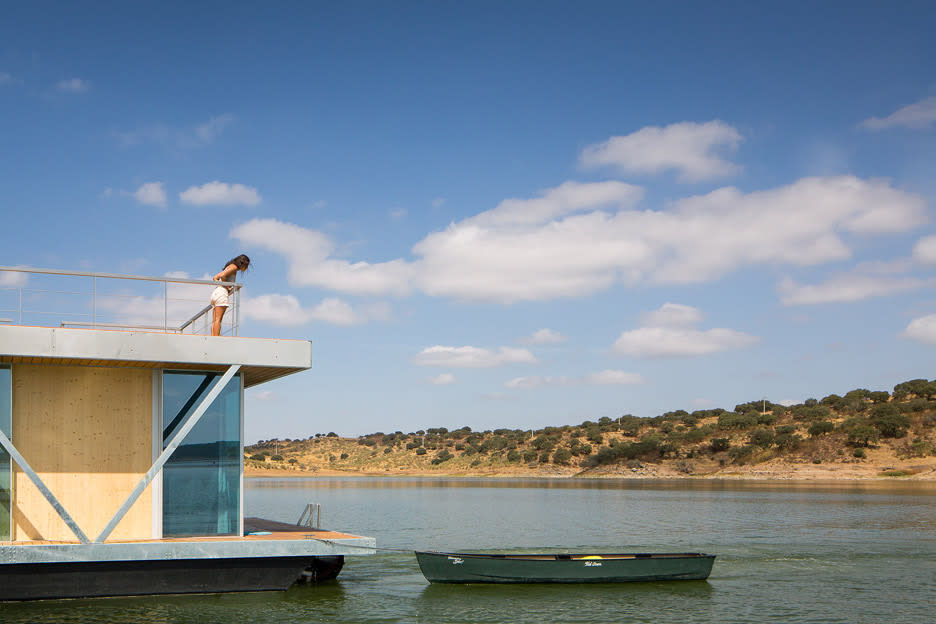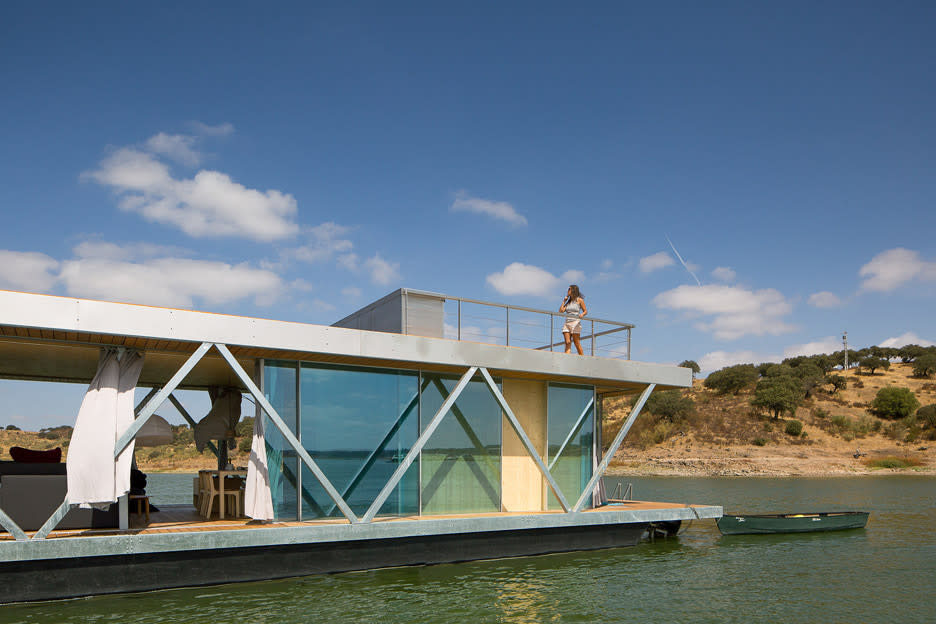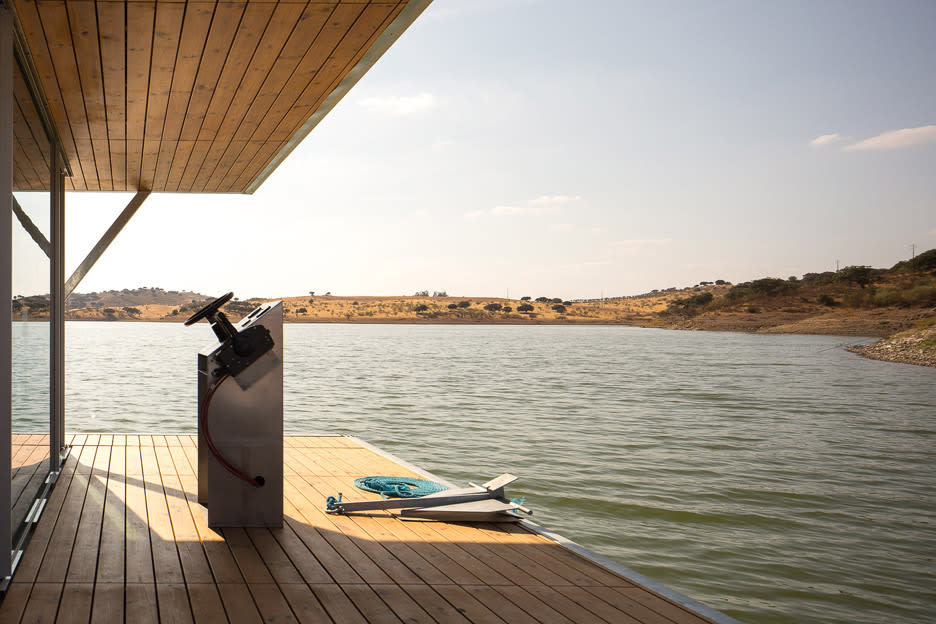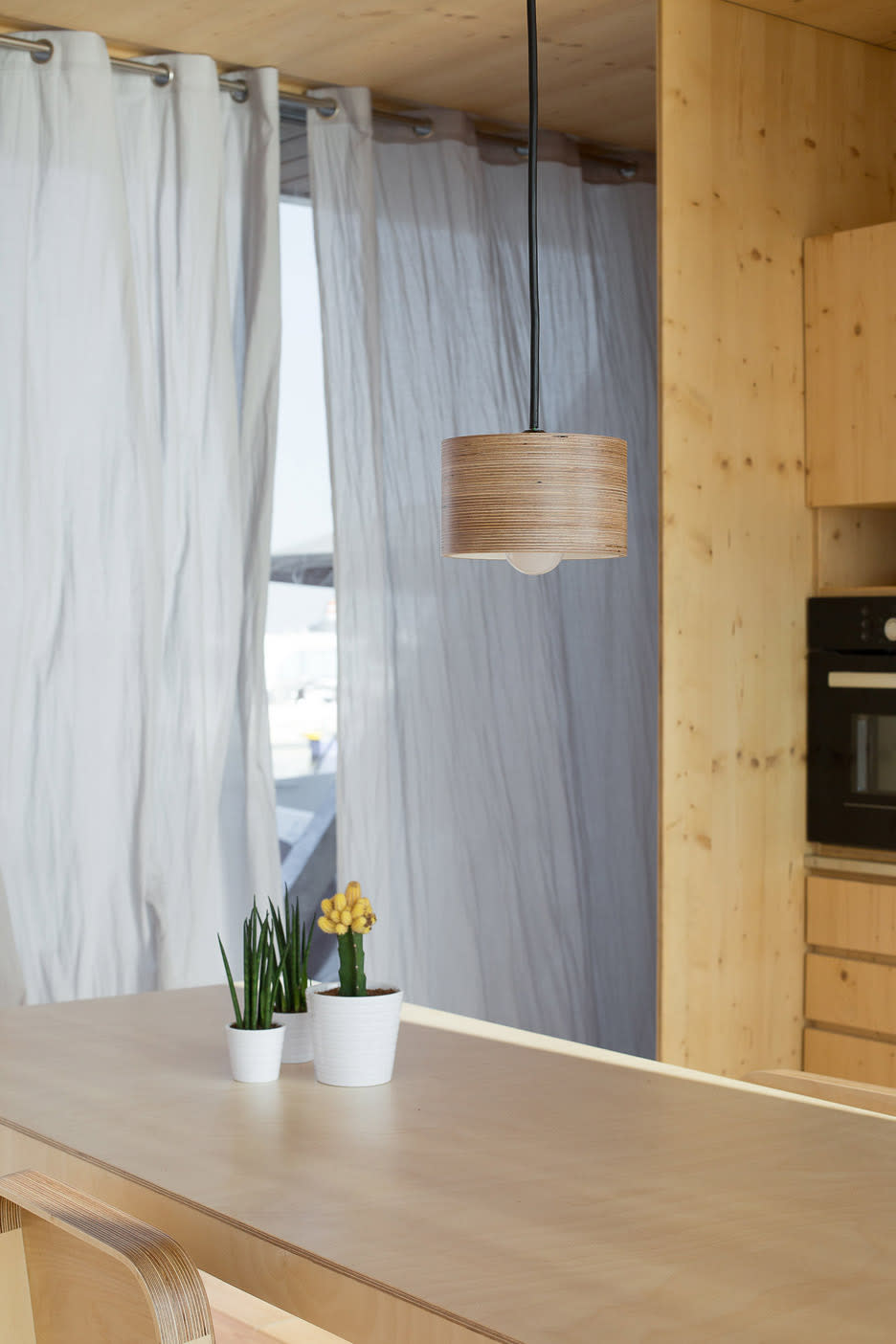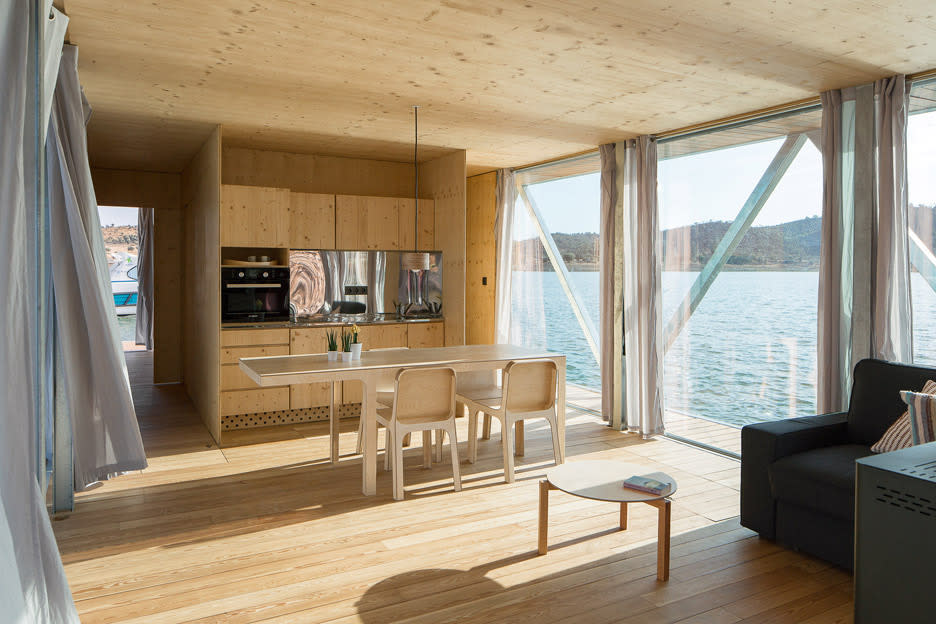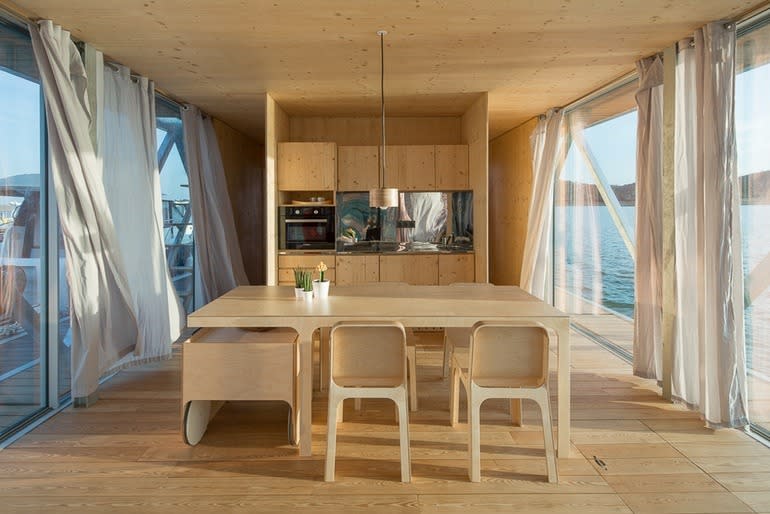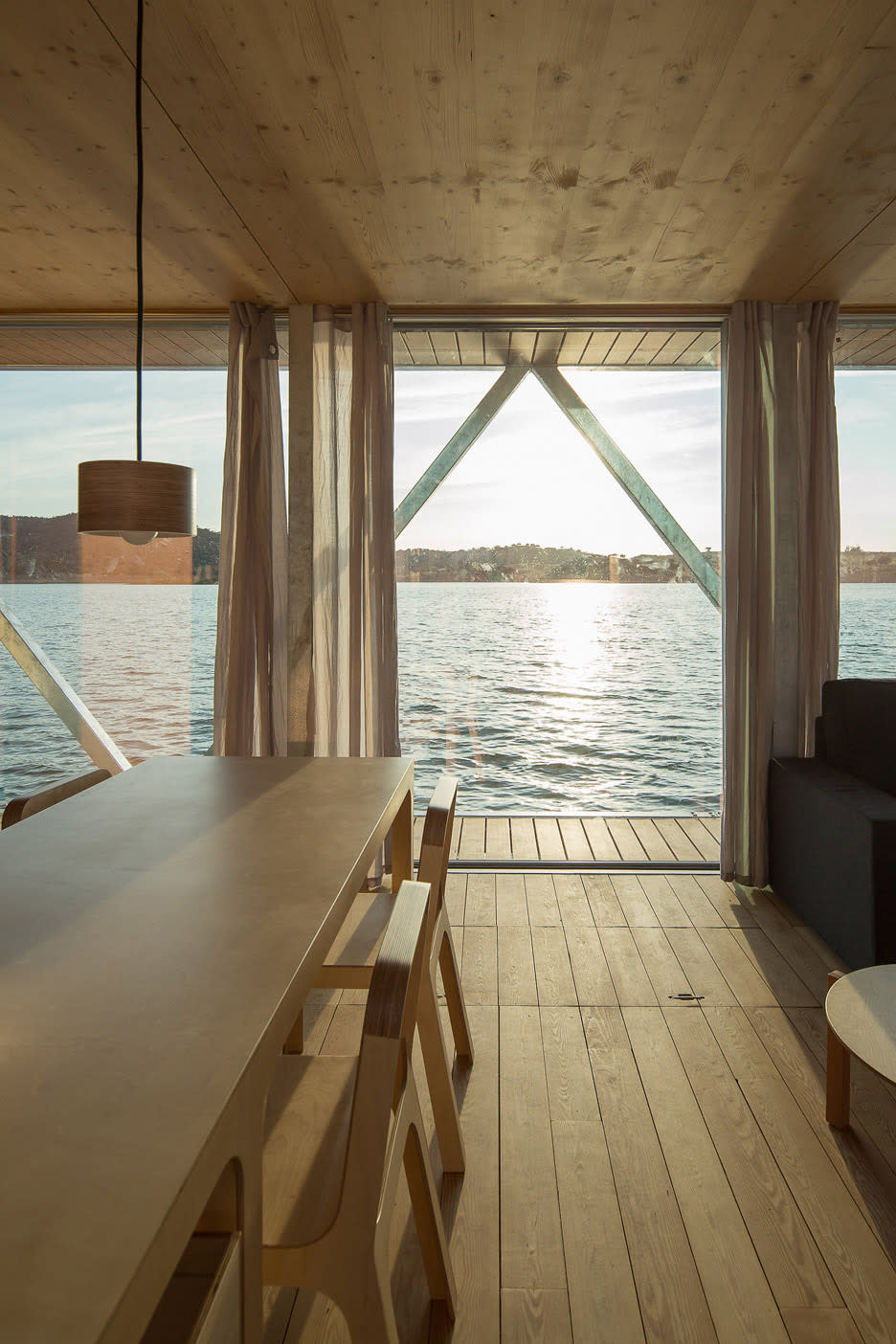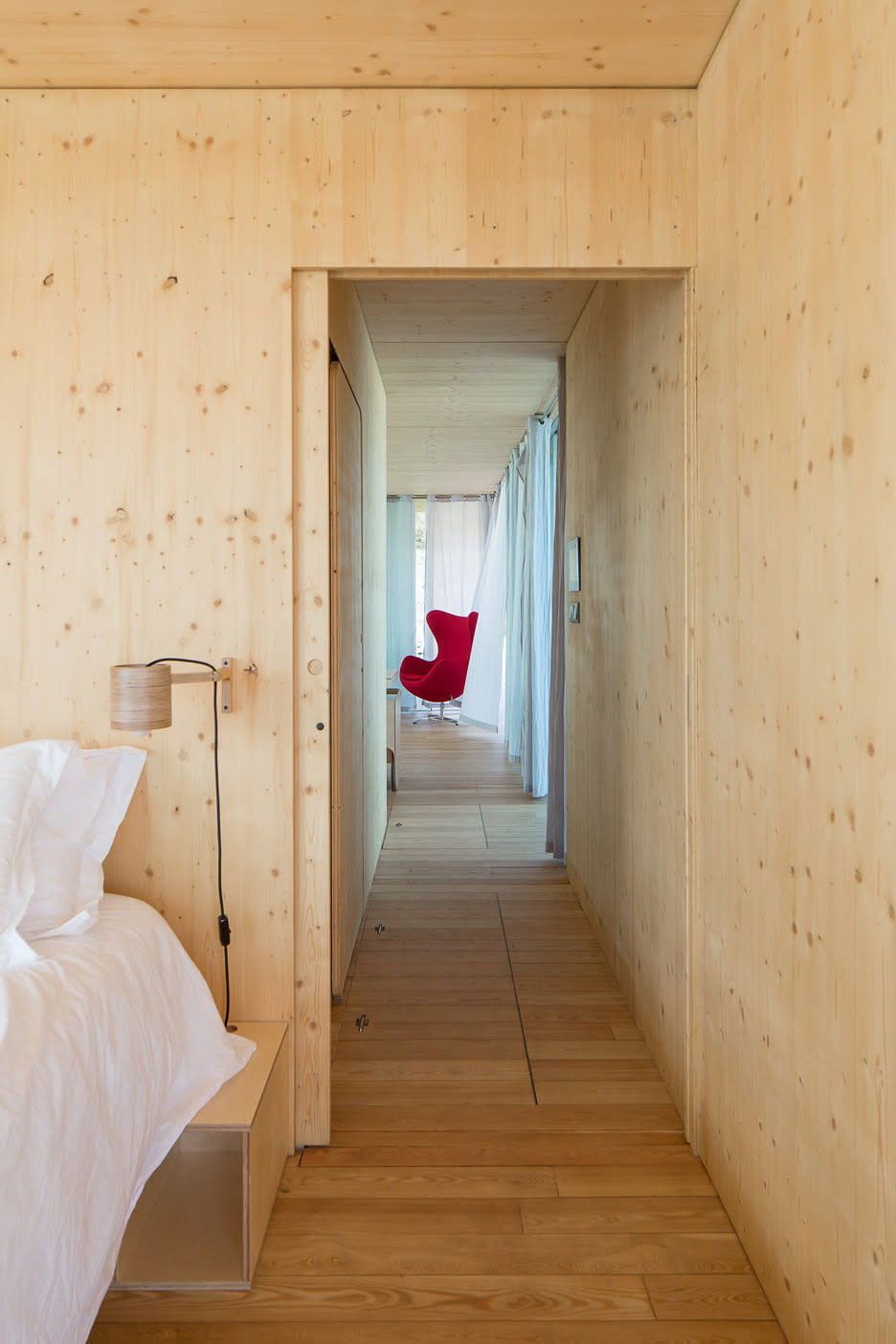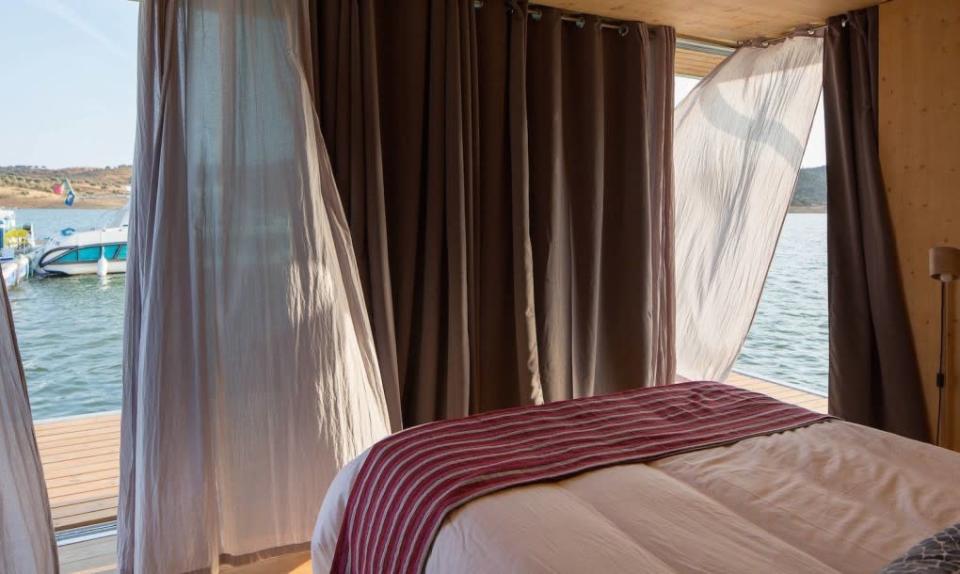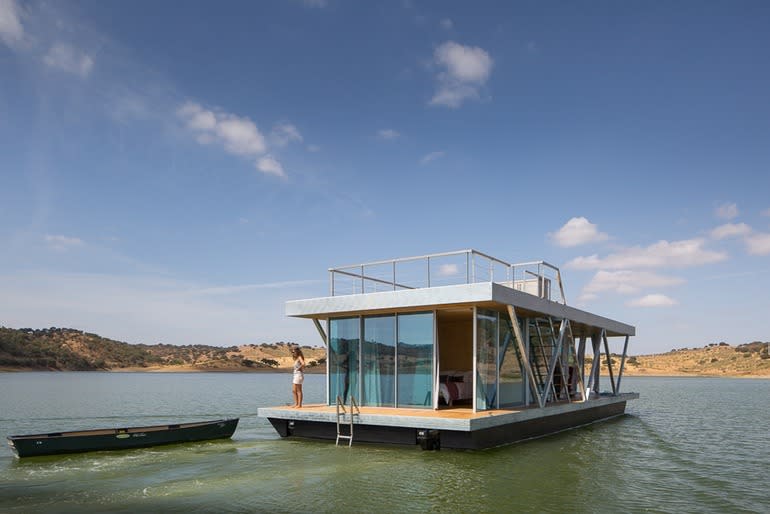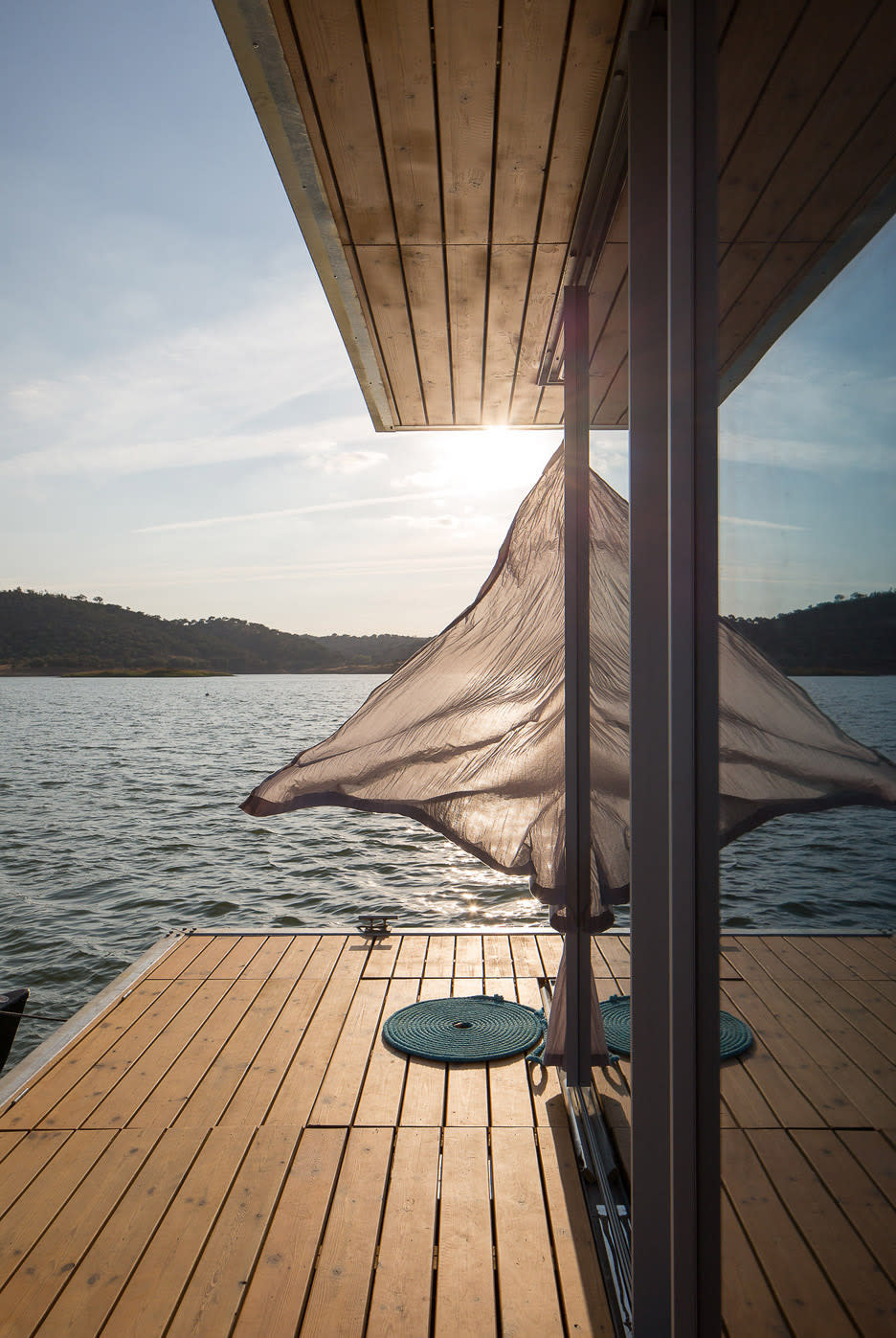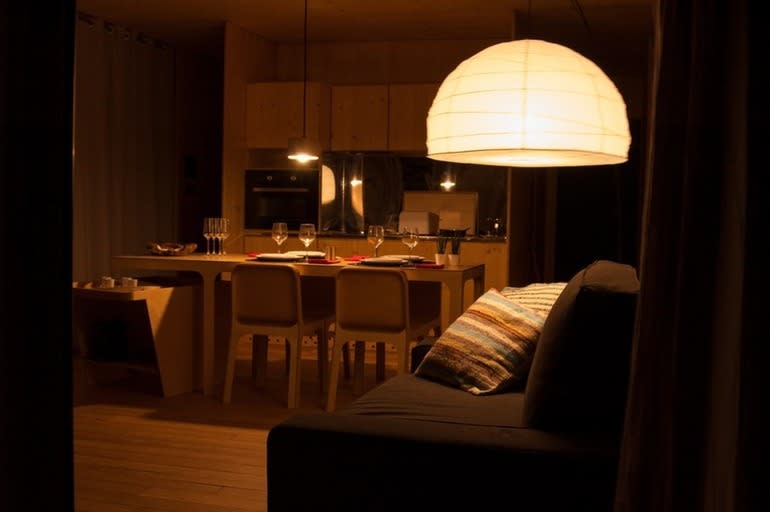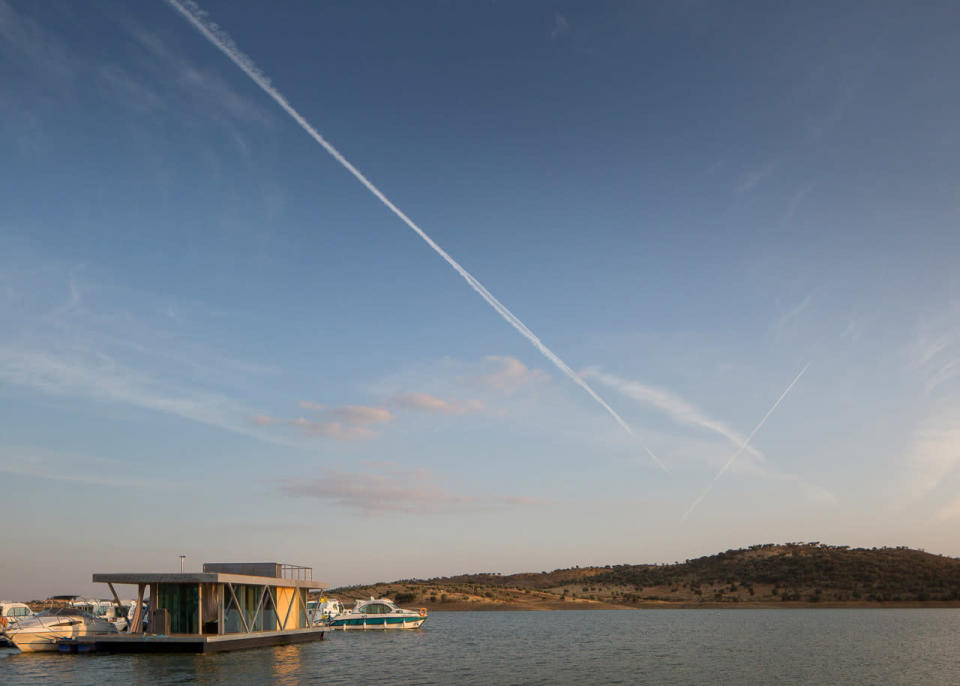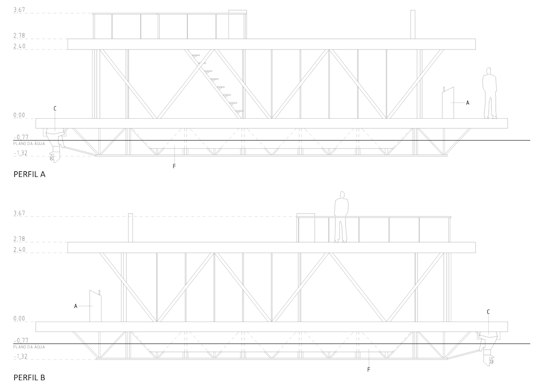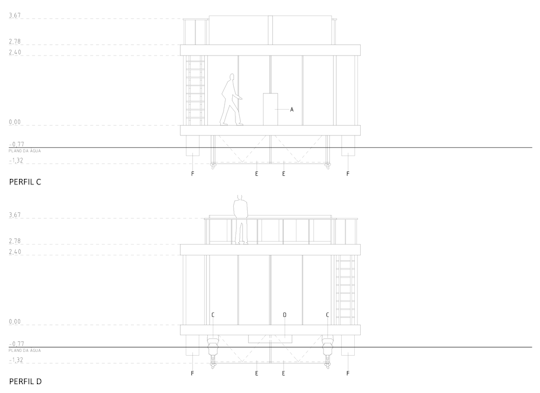Self-Sustainable Floating Home Can Go Months Without Touching Land
There’s off-grid and then there’s so off-grid that you can float around for months without so much as stepping on dry land.
This sleek tiny home, dubbed the Floatwing, is designed to be entirely self-sufficient on the water, generating its own power for anywhere between four and six months, and up to 80 percent of its annual energy needs.
Described as a “mobile house in the middle of a lake” by its inventors, Portugal-based company Friday, the floating home’s two outboard motors propel it at a max speed of 3 knots, or the rough equivalent of 3 to 4 miles per hour, which means an Olympic swimmer could easily beat this thing in a race.
But a swimmer would probably have to expend a lot more energy.
The Floatwing is designed in two long levels. The main level includes living space—a fully-equipped kitchen (or galley in boat terms), living room/dining room, wine “cellar,” bathroom and up to three bedrooms—as well as a small deck and steering column. Upstairs, there’s a large roof deck/terrace with a barbecue.
The home includes a heat pump and AC generator and can be heated with a pellet stove in the winter and additionally be cooled by large, open windows in the summer.
The width is fixed at 20 feet, but the length can be 33 to 60 feet.
The company, which recently debuted the design, is offering several different equipment levels that allow you to take the floating home further and further off-grid.
The first level is completely hooked up, while the second has its own motorization and some energy autonomy through solar and photovoltaic panels that allow it to go off the grid for four months. The water supply and wastewater are stored in their own tanks, with a capacity for a seven-day water stay without needing to be refilled or drained.
At the third level, the house comes with its own wastewater treatment capabilities and can produce all its own energy for six months.
A fourth equipment level is still experimental but it would allow owners water treatment capabilities to be fully floating for six months, April to September, without any refueling or maintenance, the makers say. With some extra stored fuel and bags of pellets, it could make it through a whole year, winter included.
Though it’s not entirely unique that a slow-moving houseboat can sustain itself without needing to be refueled for a while, the Floatwing is unique in its ability to generate most of its own power with a low carbon footprint.
Plus the modular design allows the homes’ components, including equipment and furniture, to ship in two standard containers anywhere in the world.
Friday has built a model of the Floatwing in Portugal, though is still too new to have a full release date or price structure, the company says.
(All photos and renderings via Friday)
More tiny homes and off-grid living on Yahoo Real Estate:
• 300 Square Feet, Sleeps 8: Tiny Home/RV Hybrid Follows Wherever You Go (18 photos)
• In Off-the-Grid Yurt, Montana Couple Live ‘On Our Own Terms’ (50 photos)
• 1BR Rental for $850 in Trendy L.A.? The Catch: It Has Wheels


